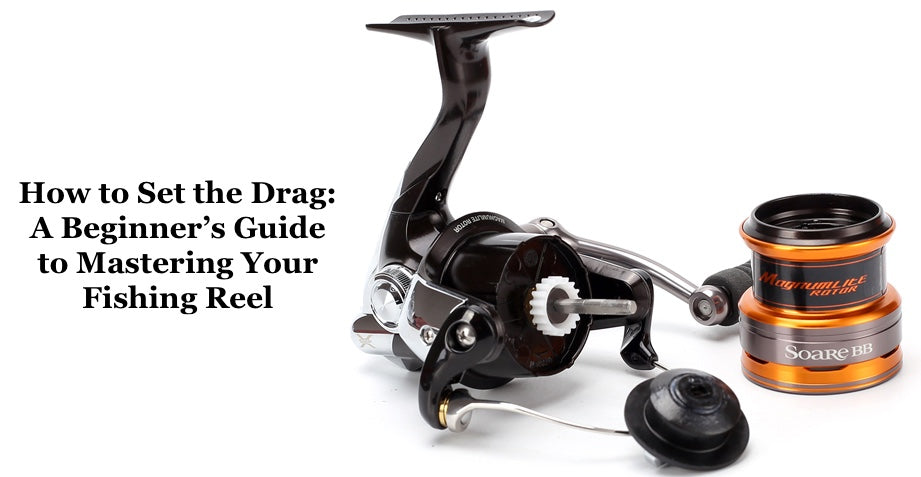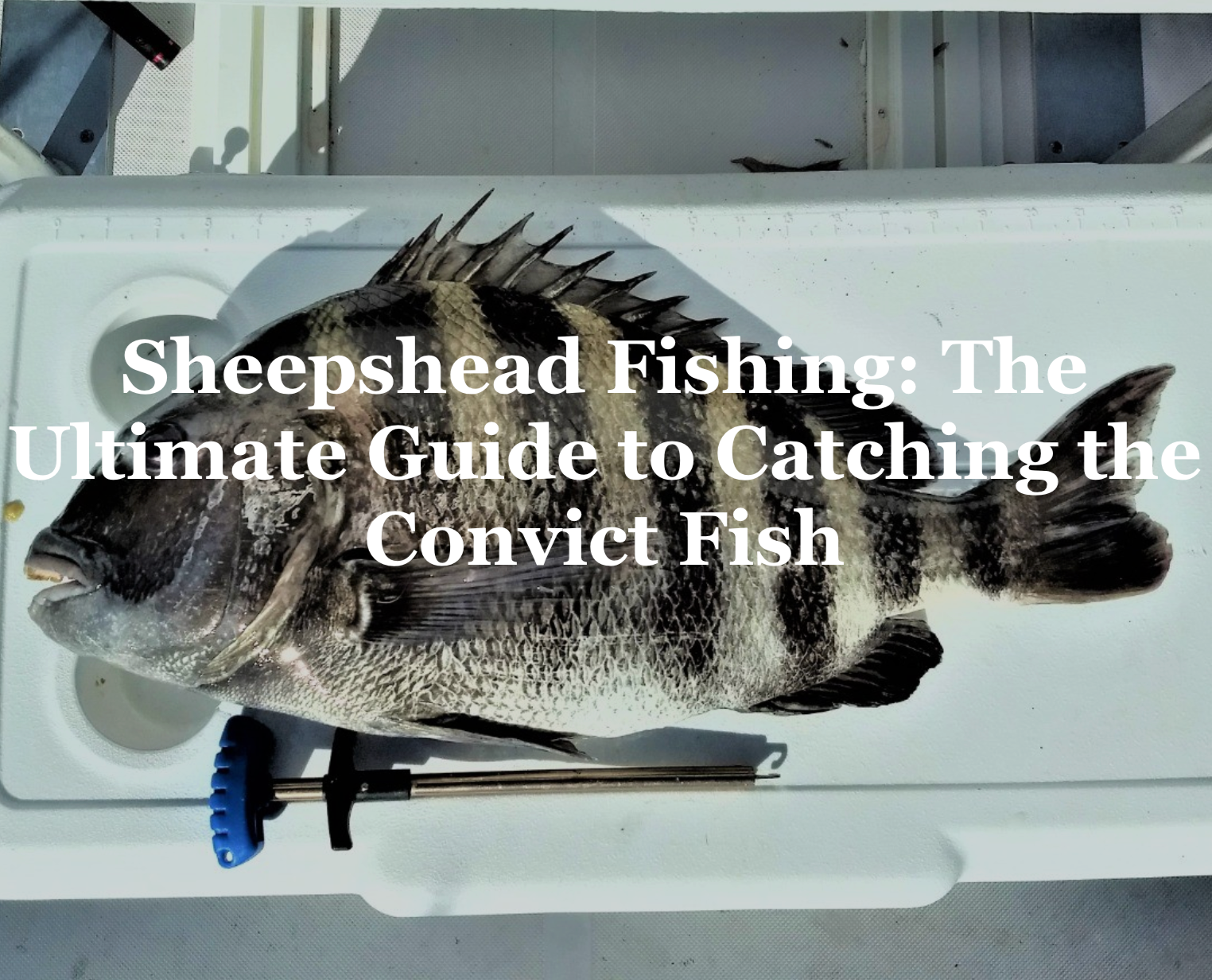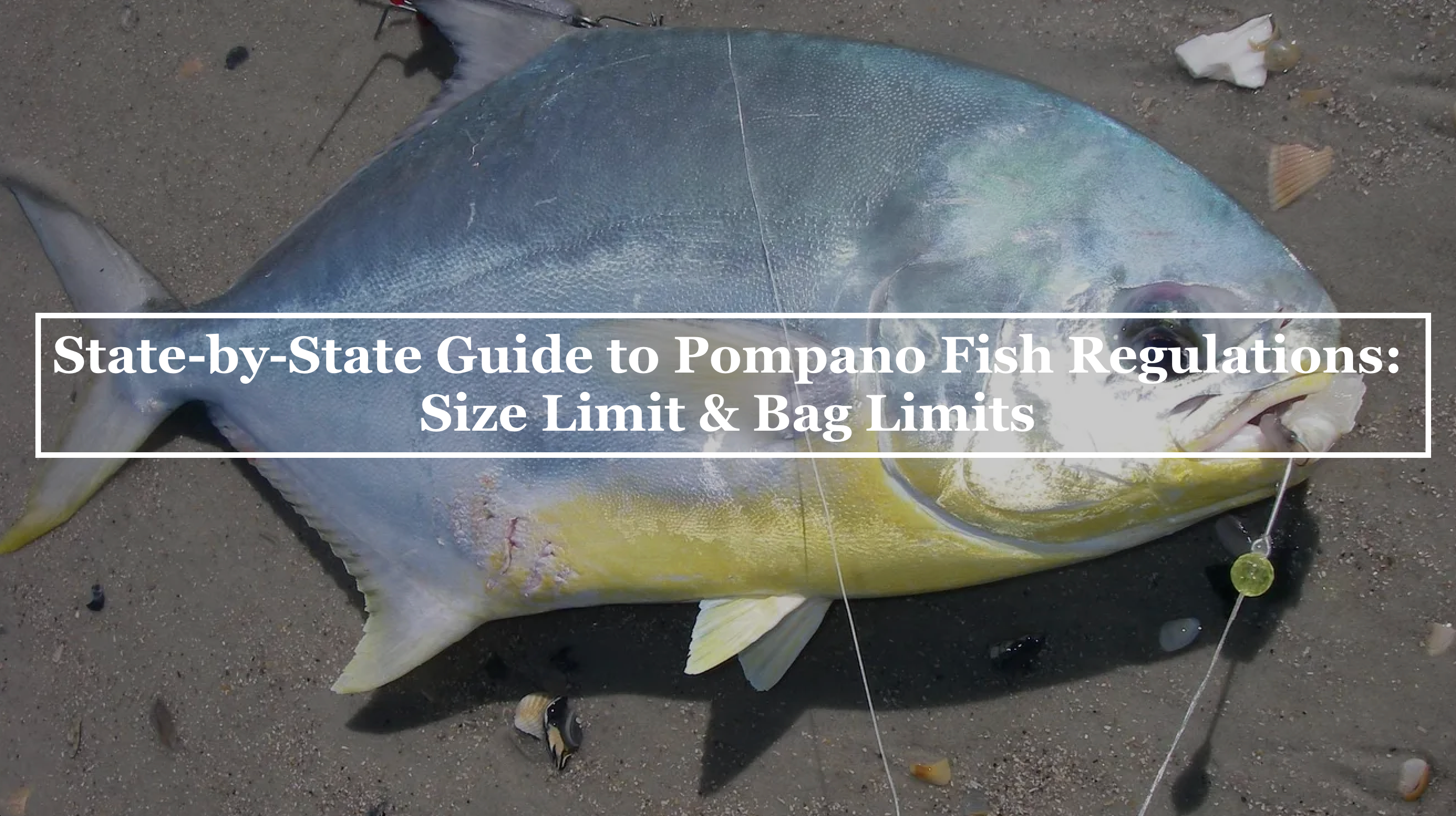Fishing is a blend of patience and technique, and for beginner anglers, learning how to set the drag is a foundational skill that can make or break your day on the water. The drag system isn’t just a fancy term—it’s the key to controlling how much resistance a fish feels when it pulls on your fishing line. Master this, and you’re on your way to landing catches with confidence.
Why Setting the Drag Matters for Beginner Fishing

When you’re new to angling, every piece of fishing gear feels like a puzzle. The fishing reel, with its reel drag, is the heart of that puzzle. This mechanism lets line slip out under pressure, preventing snapped lines and lost fish. Picture hooking a spirited trout or a stubborn bass—without a properly set drag, the fight could end in seconds with a broken fishing line. For beginners, understanding the drag system turns chaos into control, making fish fighting an exciting challenge instead of a frustration.
The Basics of the Fishing Drag System
Every fishing reel, whether it’s a spinning model or a baitcaster, comes with a drag system. You’ll usually find a knob or dial near the top or side of the reel—this is your tool for drag adjustment. Turning it tightens or loosens the tension on the spool, dictating how much force it takes for the line to release. Beginners might think a super-tight drag equals more power, but fishing isn’t about locking everything down. It’s about balance, and the fishing drag gives you that finesse.
How to Set the Drag Before You Cast

Getting the drag right starts before your line hits the water. Imagine you’re gearing up, rod in hand, ready to explore the lake. The first step is knowing your fishing line’s strength, or test weight, which is printed on the spool. A smart angling tip is to set the drag to about one-third of that weight. If you’re using a 12-pound test line, aim for around 4 pounds of drag pressure. Test this by tying the line to something solid—like a scale or a friend’s grip—and pulling steadily. When the drag clicks and slips, you’ve found the sweet spot.
Fine-Tuning Your Reel Drag for Different Fish
Drag adjustment isn’t a set-it-and-forget-it deal. Smaller fish like panfish might need a lighter drag, letting them pull without much resistance. Bigger fighters like catfish demand a firmer reel drag to match their strength. The beauty of this system is its adaptability, making it perfect for fish fighting across different species and waters. As a beginner, you’ll soon feel when the drag needs a tweak, turning each trip into a lesson in angling tips.
Choosing Fishing Gear with a Reliable Drag System

Your fishing gear matters more than you might think. A smooth drag system can transform your experience, while a cheap, jerky one can test your patience. For beginner fishing, you don’t need a top-tier reel, but pick one with a decent fishing drag. Test it in the store—does it adjust smoothly? Does it feel solid? A reliable reel drag makes those early catches easier and builds your confidence on the water.
Setting the Drag in Action: Fish Fighting Made Simple
Now, picture the moment: you’ve cast your line, and the rod tip dips—a fish is on! As it pulls, the drag kicks in, releasing line at just the right pace. This is where fish fighting becomes a dance. You’re not yanking the fish in; you’re letting the drag tire it out while keeping steady pressure. For beginners, this might feel odd—why let the fish run? But that’s the magic of a well-set drag. It protects your fishing line from sudden bursts and gives you time to reel in when the fish slows.
Adjusting the Drag Mid-Fight
Conditions change, and so should your drag. A windy day might call for a tighter setting to counter extra resistance, while a fast river might need a looser drag to ease strain. If a fish surprises you with its power, don’t hesitate to tweak the knob—loosen it if the line’s too taut, tighten it if the fish is taking too much. These real-time adjustments are part of the angling tips that sharpen your skills and connect you to your fishing reel.
How Water and Weather Affect Drag Adjustment
The environment plays a role in how you set the drag. Strong currents or choppy waves can add pressure to your line, so you might firm up the drag to compensate. On calm days, a lighter setting could suffice. The more you fish, the more you’ll sense these nuances. It’s all part of growing in beginner fishing—every outing teaches you how to adapt your fishing gear to the moment.
Mastering the Drag: Your Path to Angling Success

Seasoned anglers talk about “playing the fish,” and the drag is the star of that game. It ties your rod, reel, and line into a seamless system, turning raw tugs into controlled battles. For beginners, nailing how to set the drag opens the door to bigger catches and better stories. So next time you’re out, take a moment to dial in that drag system. Feel the tension, hear the clicks, and get ready for the thrill. With practice, those early tangles will become triumphs, one perfectly set drag at a time.






Share:
How to Set the Hook: The Ultimate Beginner’s Guide to Landing Fish
How to Reel in Fish: Beginner Guide to Big Fish Fishing